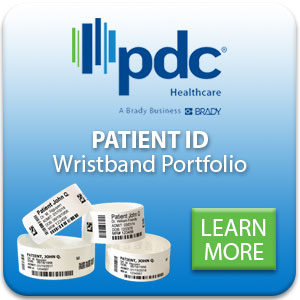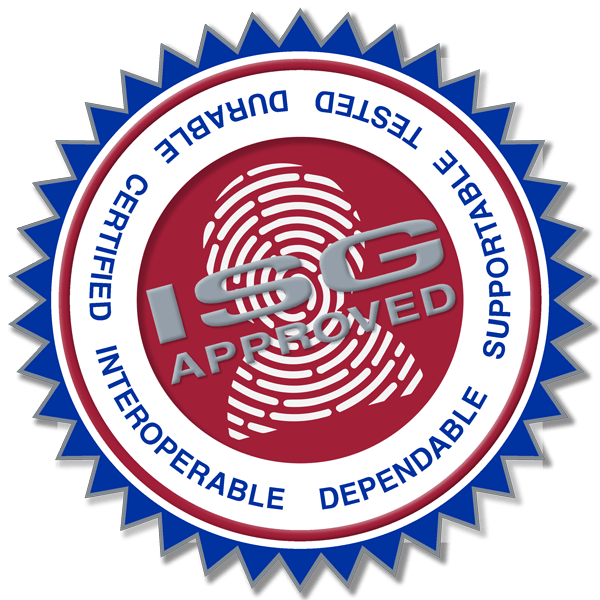Re-posted with permission from PDC Healthcare and edited.
You’re working the night shift in the ER when a concerned mother, holding her young child, rushes to the front desk in a state of panic. The child’s temperature has risen to an alarming degree and he is complaining of an indescribable pain in his lower abdomen. The mother has come to the one place she trusts implicitly with the care of her child. Immediately, the admitting clerk collects the patient’s information and checks him in the system. There is however, a very full waiting room of other sick patients, who are also waiting for care.
According to the birthday paradox described in the Encyclopedia of Science, if a random group of 23 people are in a room together – such as a hospital waiting room – there is a 50:50 chance that two will share a birthday. With 42 patients present, the probability climbs to an impressive 90%. Chances are, several of those patients may also have the same first name or even last name.
With so much potential for multiple patients sharing similar data, trusting a handwritten patient ID system leaves too much room for human error. According to a study by the Journal of the American Medical Association, more than 30% of handwritten prescriptions contain a mistake of some type that require deciphering and correcting by a pharmacist.
Barcodes are a Simple, Yet Safe Solution
Recognizing the role that barcoding plays in preventing medical errors, the Joint Commission has included “Improve the accuracy of patient identification” as one of its top National Patient Safety Goals, since 2003.
A 2010 study conveyed by the Agency for Healthcare Research and Quality, found that preventable medical errors cause up to 98,000 deaths and 770,000 adverse events annually, in the United States. This study inspired the FDA to conduct their own research, later publishing an investigation concluding that increased use of barcode medication administration systems alone will prevent 500,000 adverse drug events and blood transfusion over the next 20 years. From this study, we can establish that that patient ID barcodes play a crucial role in patient safety, and will also keep the upwards of $93 billion in treatment costs out of the healthcare system.
Despite these risks, many hospitals still opt to use handwritten patient ID systems, leading to manual data errors or misinterpretation due to illegibility, which can be detrimental to patient safety.
Barcoding has been welcomed by the Joint Commission, the AHA, and HIPAA. It is inevitable that people will make mistakes. So why not put your trust in barcoding – a proven, reliable system to protect the lives of children, the elderly, and every patient in between.
Get Trusted Healthcare Solutions from the ISG
Talk to your local ISG member about patient identification and barcoded wristband and labeling solutions available for your healthcare organization. Don’t let chance play a role in healthcare mishaps at your facility, be prepared with proven patient ID barcodes and other solutions from the ISG.


